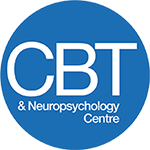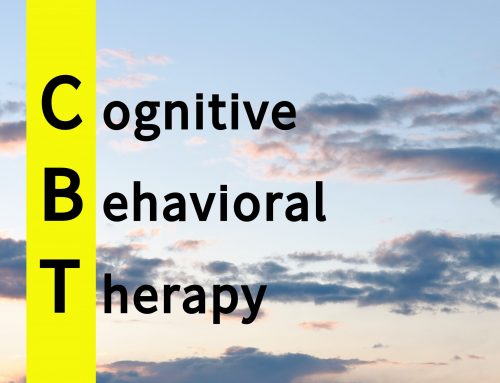Cognitive Behavioural Therapy (CBT) for Attention Deficit Hyperactivity Disorder (ADHD) is a type of therapy that has shown effectiveness in treating both adults and children.
The key components of Cognitive Behavioural Therapy (CBT) for adults, with ADHD include educating patients about the condition, developing planning skills coping with distractions and fostering adaptive thinking. Additional modules may also be incorporated based on requirements.
Cognitive Behavioural Therapy (CBT) offers several benefits for individuals with Attention Deficit Hyperactivity Disorder (ADHD), addressing core symptoms and improving overall functioning. This therapy focuses on modifying dysfunctional thoughts and behaviours through a structured approach, providing individuals with strategies to manage their symptoms more effectively.
### Benefits of CBT for ADHD
- **Improves ADHD Symptoms**: CBT has been shown to significantly improve core symptoms of ADHD, such as inattention, hyperactivity, and impulsivity. A 2018 review highlighted that CBT, especially when combined with medication, was effective in reducing these symptoms.
- **Enhances Executive Functioning**: Executive functions, which include planning, organization, and time management, are often areas of difficulty for individuals with ADHD. CBT helps improve these skills, as evidenced by a study on college students which found improvements in executive functioning following CBT treatment.
- **Reduces Anxiety and Depression**: Individuals with ADHD frequently experience co-occurring anxiety and depression. CBT has been found to be beneficial in reducing these symptoms, making it a comprehensive treatment option.
- **Sustains Long-term Benefits**: The positive effects of CBT have been shown to persist for months after the completion of therapy sessions. This suggests that CBT equips individuals with lasting skills and strategies to manage their symptoms.
### Specific Techniques Used in CBT for ADHD
CBT for ADHD employs various techniques tailored to address the unique challenges faced by individuals with ADHD:
– **SMART Goals**: Setting Specific, Measurable, Achievable, Realistic, and Time-bound goals helps individuals focus and achieve their objectives.
– **Planning and Scheduling**: Teaching individuals to plan activities, organize their schedule, and manage time productively is a core component of CBT for ADHD.
– **Distractibility Delay Interventions**: Techniques such as creating a distraction-free area and jotting down distracting thoughts for later review help individuals stay on task.
– **Successive Approximation**: Breaking down complex tasks into smaller, manageable steps helps individuals tackle overwhelming projects and tasks.
### Duration of Treatment
The standard treatment model of CBT for ADHD typically involves 10 to 12 sessions, with each session lasting about one hour. However, the exact duration can vary based on individual needs and the variability of symptoms.
### Scientific Outcomes
Research supports the effectiveness of CBT for ADHD across various age groups, including children, adolescents, and adults. Studies have shown significant improvements in ADHD symptoms, executive functioning, and co-occurring conditions like anxiety and depression. These benefits are observed both in the short term and sustained over months following the completion of therapy.
In conclusion, CBT offers a valuable and effective treatment option for individuals with ADHD, providing them with strategies to manage their symptoms, improve their executive functioning, and enhance their overall well-being. The structured approach and specific techniques used in CBT, combined with its long-term benefits, make it a compelling choice for managing ADHD.






